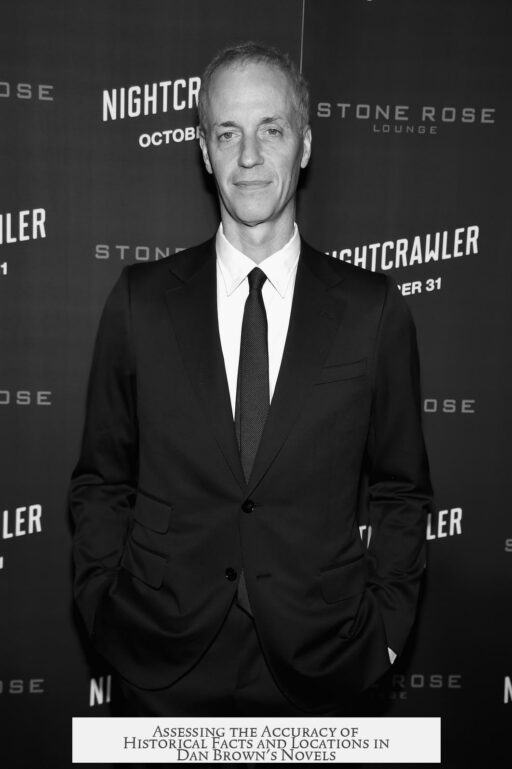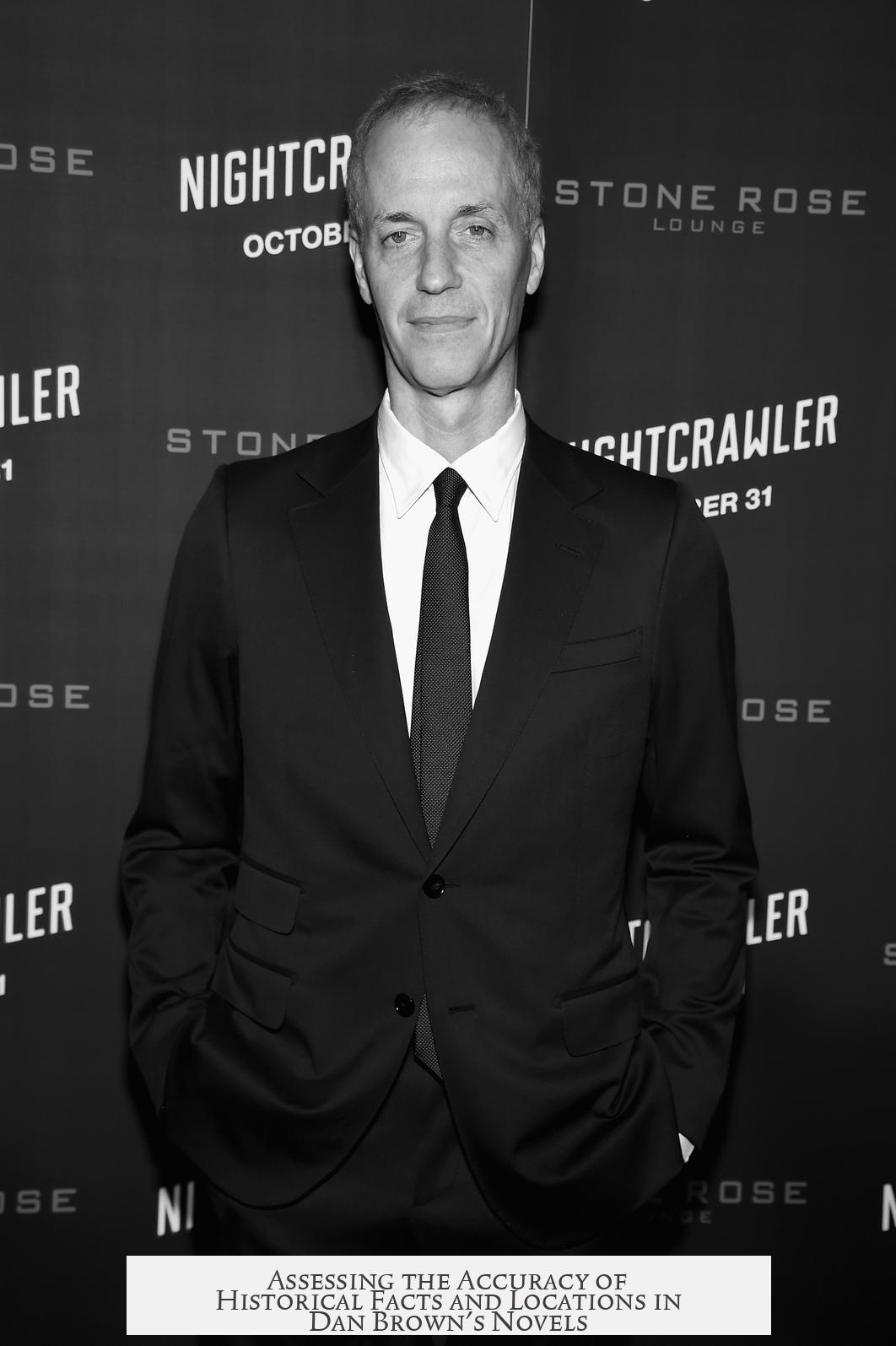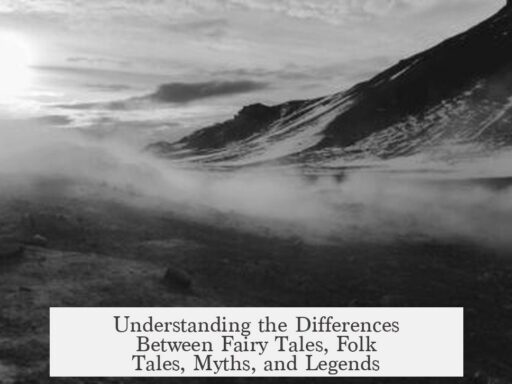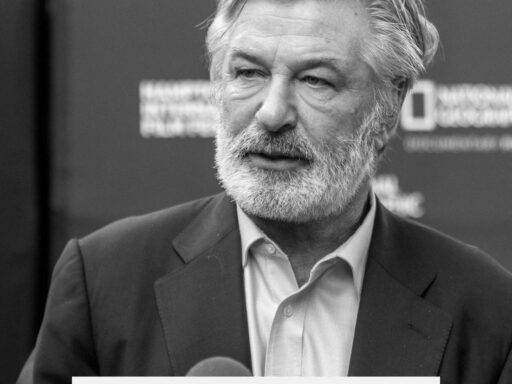Dan Brown’s novels, including The Da Vinci Code, The Lost Symbol, and Inferno, intertwine historical facts and real locations with fictional elements. While he asserts that much of the background is true, the accuracy of the historical facts in his works is highly contested. The landmarks and settings he uses generally correspond to real places, but the historical interpretations and some details often differ significantly from scholarly consensus.

Brown claims about 99 percent of the historical background in his novels is true. He emphasizes that only his fictional protagonist, Robert Langdon, and the main plot are inventions. The architecture, art, secret rituals, and historical references, according to Brown, are rooted in fact. However, a closer examination by historians and scholars reveals several misrepresentations and errors.
One foundational issue is Brown’s use of “symbology” as an academic discipline. This field does not exist formally. What academic study does exist around signs and symbols is semiotics, which differs substantially from how Brown portrays his protagonist’s expertise. This inaccuracy calls into question some of the novel’s scholarly underpinnings.
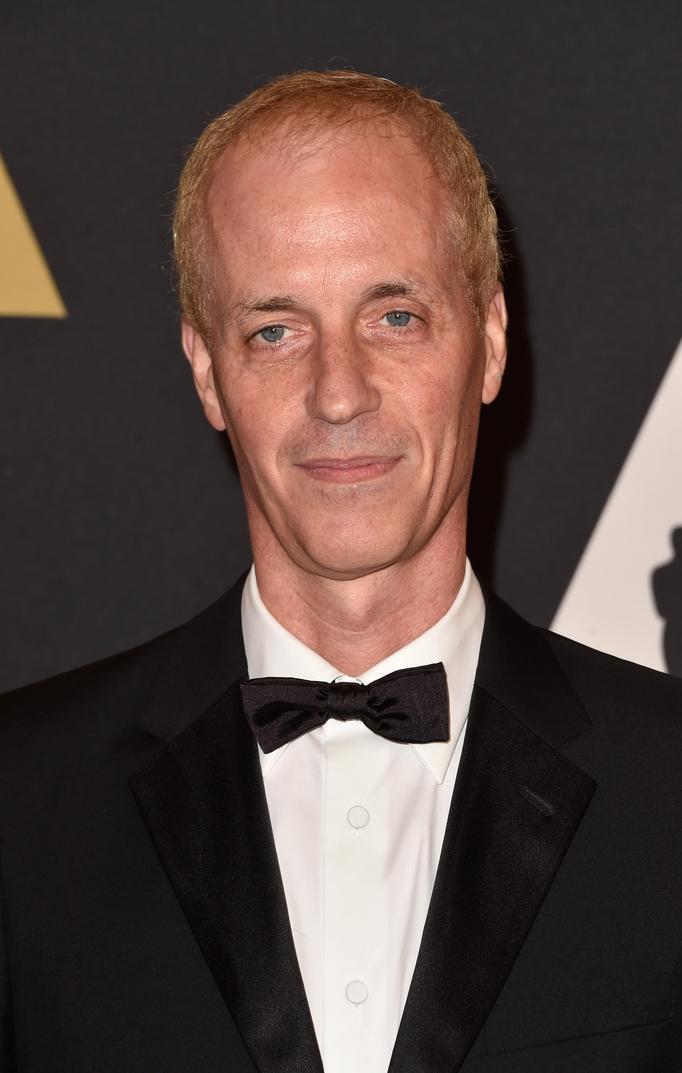
Brown’s treatment of names and terminology can be misleading. For example, referring to Leonardo da Vinci simply as “Da Vinci” is a common mistake. The term means “from Vinci,” his hometown, not a surname. Properly, he is Leonardo di ser Piero da Vinci, and using “Da Vinci” as a last name is anachronistic and incorrect.
Some of the art history in the books also contains notable errors. A famous point is Brown’s claim that the figure seated to Christ’s right in Leonardo’s Last Supper is Mary Magdalene. Art historians clarify this figure is John the Apostle. Leonardo depicted John beardless to emphasize his youth, not as a representation of Mary Magdalene.
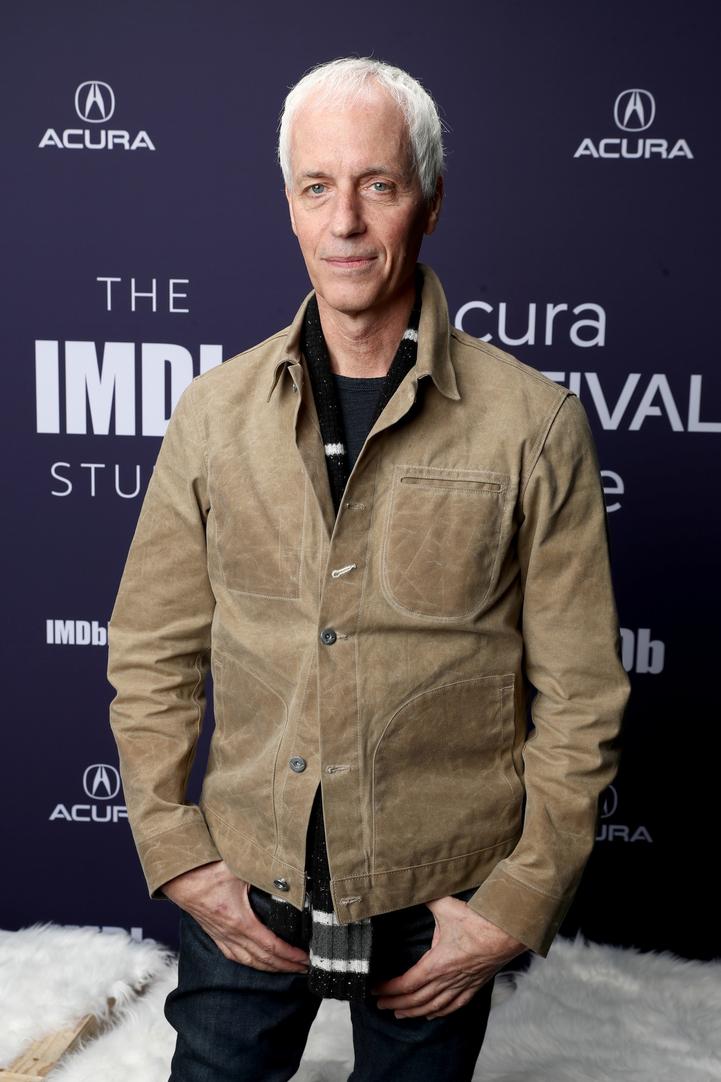
Religious history in Brown’s novels shows even greater distortion. A key example is his portrayal of Gnostic Christianity as the original, dominant faith supplanted by orthodox Christianity after the Council of Nicaea. In reality, Gnosticism was a separate, often heterodox movement existing alongside mainstream Christianity centuries before the council. The Council mainly dealt with disputes between Arianism and Trinitarian beliefs, not a struggle against Gnostics.
Brown’s depiction of Gnostic beliefs also differs from historical understanding. He suggests Gnostics viewed Jesus as mortal and Mary Magdalene as divine, which contradicts their typical dualistic theology. Most Gnostic sects followed Docetism, believing Jesus only appeared human and that the material world was flawed, created by a lesser deity called the demiurge. These theological details matter because they show Brown’s narrative simplifies and alters complex early Christian ideas.

Another major inaccuracy is the Priory of Sion, which Brown presents as a secret ancient order guarding the Holy Grail. This organization was exposed as a 20th-century hoax by Pierre Plantard, not a historical society with centuries-old origins.
Regarding medieval witch hunts, Brown exaggerates both the scale and the Church’s involvement. The claim millions of women were burned as witches is vastly inflated. Historically, large-scale witch hunts occurred between 1500 and 1700, primarily under secular authorities rather than the medieval Church, which initially considered witch beliefs a pagan superstition.

The silver lining is that Brown’s novels generally get locations, landmarks, and proper names correct. Sites featured in his books, such as the Louvre, the Vatican, and Florence, are accurately described as real places. This consistency helps ground the stories in reality even when some historical or theological claims stretch facts.
Overall, the historical content in Dan Brown’s books mixes fact with fiction liberally. While some architectural and geographical details are authentic, many historical and religious claims are distorted or inaccurate. Critics often describe The Da Vinci Code and similar novels as historically unreliable. The warnings emphasize treating the books as fiction inspired by real history, not authoritative accounts.

Brown’s creative use of history serves his storytelling rather than academic rigor. His novels use intriguing historical puzzles and conspiracy theories to engage readers but should not replace scholarly sources or critical historical analysis.
- Dan Brown’s novels blend real locations with fictionalized history.
- Symbology, as portrayed, is not an academic discipline; semiotics is.
- Common naming errors occur, such as incorrectly treating “da Vinci” as a surname.
- Art historical facts, like figures in Leonardo’s Last Supper, are misrepresented.
- Gnostic Christianity’s portrayal conflicts with established theological research.
- The Priory of Sion is a modern hoax, not an ancient secret society.
- Claims about medieval witch hunts and Church persecution are exaggerated and inaccurate.
- Locations and landmarks cited in the novels generally correspond to real places.
- Books prioritize storytelling over precise historical accuracy.
How Accurate Are the Historical “Facts” and Locations in Dan Brown’s Books?

Dan Brown boldly claims that “99 percent” of the historical information in his novels like The Da Vinci Code, Inferno, and The Lost Symbol is true. The architecture, art, secret rituals, and history—those all come from real sources, he insists. The only fiction, according to Brown, is Robert Langdon himself and the action he’s tangled up in. A comforting assurance, isn’t it? But how much faith should we put in this bold claim?
Let’s unravel the story behind the story with a critical eye on those historical facts and locations that pepper Brown’s globe-trotting thrillers.
The “Academic Discipline” That Isn’t
Brown’s hero, Langdon, is a symbologist—a scholar who decodes symbols and signs. Sound legit? Not quite. In the real world, symbology is a bit of a myth. The academic discipline dealing with this stuff is actually called semiotics. It’s a subtle but important distinction. Semiotics draws on linguistics, philosophy, and anthropology, while “symbology” as presented is more pop-fiction than respected science.
So right off the bat, Brown invents an academic niche to fit his story’s needs. A harmless cheat? Maybe, but it muddies the waters between fact and fiction.
Naming Names: Leonardo Da Vinci and the Art Historical Slip-ups
Here’s one that irks history buffs: calling Leonardo “Da Vinci” as if it were his last name. It wasn’t. “Da Vinci” simply means “from Vinci”—his father’s hometown. Imagine calling George W. Bush “Of New Haven” instead of Bush. Awkward, right?
Brown’s guesstimate that the figure to Jesus’ left in Leonardo’s The Last Supper is Mary Magdalene is also a miss. That figure is John the Apostle, painted beardless to signal his youth. Makes sense when you think about it, yet Brown’s narrative rewrites this, leading readers astray.
The Gnostic Gospel According to Brown: Fiction, Not Fact
Here’s where things really get tangled: Brown states that Gnostic Christianity was the main brand before the Council of Nicaea in 325 AD, and Emperor Constantine’s interference swapped it out for Orthodox Christianity. Not so fast.
Gnosticism was a separate, often conflicting movement among early Christians, but it was never the dominant form. Plus, the Council of Nicaea’s primary debate was between the Arian Christians, who questioned Christ’s divine nature, and trinitarians, not a mass purge of Gnostics. This is history bending to fit fiction.
Also, Brown inaccurately characterizes Gnostics as believing Jesus was mortal and Mary Magdalene divine. In reality, many Gnostic sects embraced Docetism—believing Christ to be purely spiritual and only appearing human. Brown swapped complex theology with a simpler narrative, which loses accuracy but gains drama.
The Priory of Sion: An Elaborate Hoax
Brown’s books pivot heavily on the mysterious Priory of Sion, portrayed as an ancient secret society guarding the Holy Grail’s secrets. Here’s a spoiler: the Priory is a 20th-century invention, concocted in 1956 by Pierre Plantard. This elaborate hoax fooled many before it was unraveled. So, Brown’s dramatic secret society? Pure invention.
Witch Hunts: Exaggerated Flames
One particularly fiery claim in The Da Vinci Code is that the medieval Catholic Church burned millions of women as witches. That number is wildly exaggerated and historically inaccurate. Actually, the church wasn’t the main persecutor in witch hunts—secular authorities were. Plus, the most intense witch trials happened between 1500 and 1700, quite late and involving complex social factors.
What About Places and Landmarks?
Here’s where Brown gets things mostly right: the locations, landmarks, and names sprinkled throughout his novels tend to be accurate. Walking through the Louvre, San Marco, or Florence with Brown’s books in hand is often a real-world treasure hunt. He shines in describing architecture and places vividly and correctly.
This accuracy creates a relatable backdrop. It invites readers to believe—the narrative feels anchored in reality, making the fiction laced with history all the more thrilling.
Why Does This Matter?
Brown’s mix of fact and fiction blurs lines. So, how should readers approach these novels? With a fun but critical eye.
- Enjoy the ride, but don’t swallow every “fact” wholesale.
- Use the books as a launchpad to explore real history and art from credible sources.
- Recognize Brown’s style aims to entertain, not serve as a history textbook.
After all, as one critic wisely said, if Brown wanted to write history, he’d write history. Instead, he crafts exciting fiction wrapped in historical trappings.
Final Takeaway
In short, Dan Brown’s novels blend true locations and art with historical inaccuracies and invented “facts”—making them thrilling novels but questionable history.
The true benefit here? These books spark curiosity. They invite readers to question, research, and learn about art, theology, and history outside the novel’s pages. The inaccuracies do not diminish the entertainment value, but they should prompt a discerning mind.
So the next time you find yourself chasing clues through Parisian cathedrals or deciphering cryptic messages about ancient orders, remember this: you’re on a thrilling adventure, but the “facts” may just be part of the fiction’s mystique.
